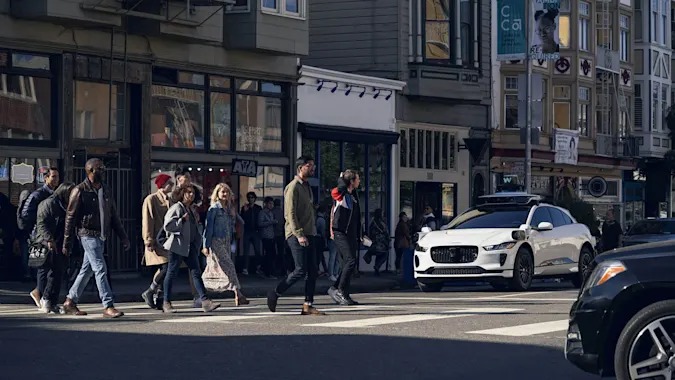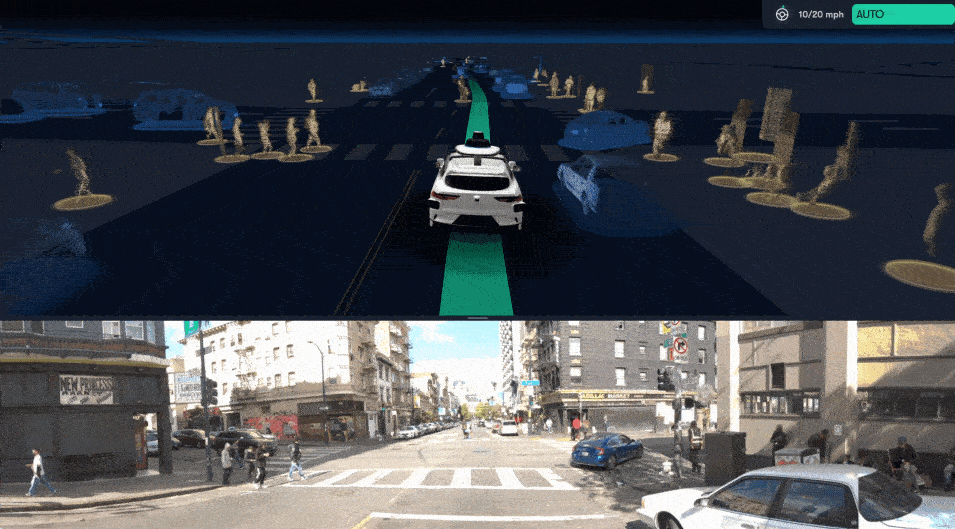
Waymo, a Google-affiliated autonomous driving development company, reported the status of autonomous driving function development. Waymo Driver, an autonomous driving system that has been under development since 2009, currently uses lidar, radar and camera arrays to properly identify the surroundings of the vehicle in any climate. For example, it is explained that 3D imaging is possible even for motorcycles or pedestrians passing right next to a car.
In addition, on a narrow road, it is possible to detect the movement of small objects a little further away, such as a person crossing with an open door of a car parked on the street. Of course, it is said that it can detect any light reflection, such as a red light or a brake lamp.

The long-running actual driving test in San Francisco is getting stronger this year. According to Waymo, it drives more than 160,000 km per week. San Francisco is characterized by terrain with severe ups and downs. For example, it may be a good location to teach AI about all situations as it is a difficult place for human drivers to drive, for example, up and down hills and at intersections.
In addition to the more than 20 million miles of real-world driving tests it has accumulated so far, Waymo drivers, who have driven 209 billion villages in virtual simulations, are enabling autonomous driving according to the situation, from road lanes to the movement of surrounding vehicles. It is said that it can even mimic the movement of a vehicle driving around it.

However, in the spring of this year, as there is an example of still not recognizing and responding to pylons on the street, the realistic traffic situation is that AI with 20 billion miles of driving experience has not yet been resolved. It is likely that there will be several more years of development before fully autonomous driving is realized and sold. Related information can be found here.


















Add comment